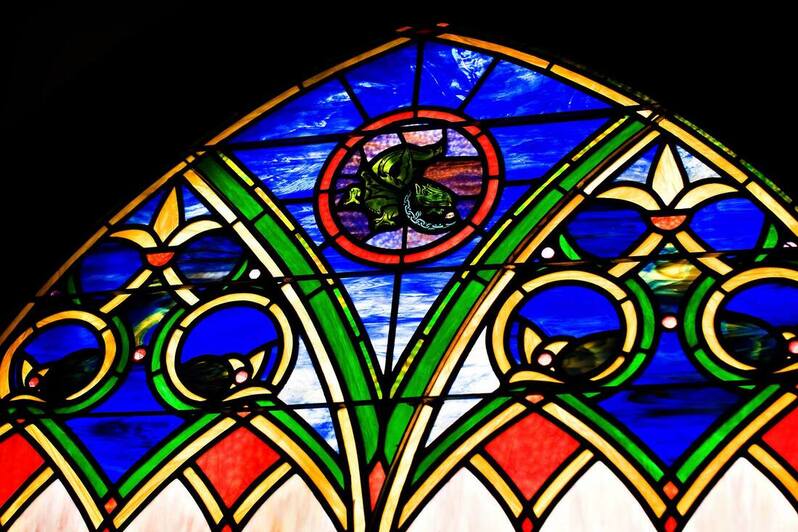Worship at St. Margaret's Church
We offer both in-person and online worship opportunities on Sunday mornings.
Rite I Service - 7:30 a.m. - in person
Rite II Service - 9:00 a.m. & 11:15 a.m. - in person and at 9:00 a.m. online on our YouTube Channel
Wednesday morning - Rite II, 9 a.m.
The Liturgy of the Word
We begin by praising God through song and prayer, and then listen to four readings from the Bible. Usually one from the Old Testament, a Psalm, and (always) a reading from the Gospels. The psalm can be chanted or read by the congregation.
Next, a sermon interpreting the readings appointed for the day is preached.
The congregation then recites the Nicene Creed, written in the Fourth Century and the Church’s statement of what we believe ever since.
Next, the congregation prays together—for the Church, the world, and those in need. We pray for the sick, thank God for all the good things in our lives, and finally, we pray for the dead. The priest concludes with a prayer that gathers the petitions into a communal offering of intercession.
In certain seasons of the Church year, the congregation formally confesses their sins before God and one another. This is a corporate statement of what we have done and what we have left undone, followed by a pronouncement of absolution. In pronouncing absolution, the presider assures the congregation that God is always ready to forgive our sins. The congregation then greets one another with a sign of “peace.”
The Liturgy of the Table
Next, the priest stands at the table, which has been set with a cup of wine and a plate of bread or wafers, raises his or her hands, and greets the congregation again, saying “The Lord be With You.” Now begins the Eucharistic Prayer, in which the presider tells the story of our faith, from the beginning of Creation, through the choosing of Israel to be God’s people, through our continual turning away from God, and God’s calling us to return. Finally, the presider tells the story of the coming of Jesus Christ, and about the night before his death, on which he instituted the Eucharistic meal (communion) as a continual remembrance of him.
The presider blesses the bread and the congregation recites the Lord’s Prayer. Finally, the presider breaks the bread and offers it to the congregation, as the “gifts of God for the People of God.” The congregation then shares the consecrated bread. Sometimes the people all come forward to receive the bread.
All Are Welcome
At St. Margaret's, no matter where you are on your faith journey or your past denomination, you are welcome to “receive communion.” At the end of the Eucharist, the congregation prays once more in thanksgiving, and then is dismissed to continue the life of service to God and to the World.
Courtesy of The Episcopal Church Archives - Visitors' Center
Proudly powered by Weebly

